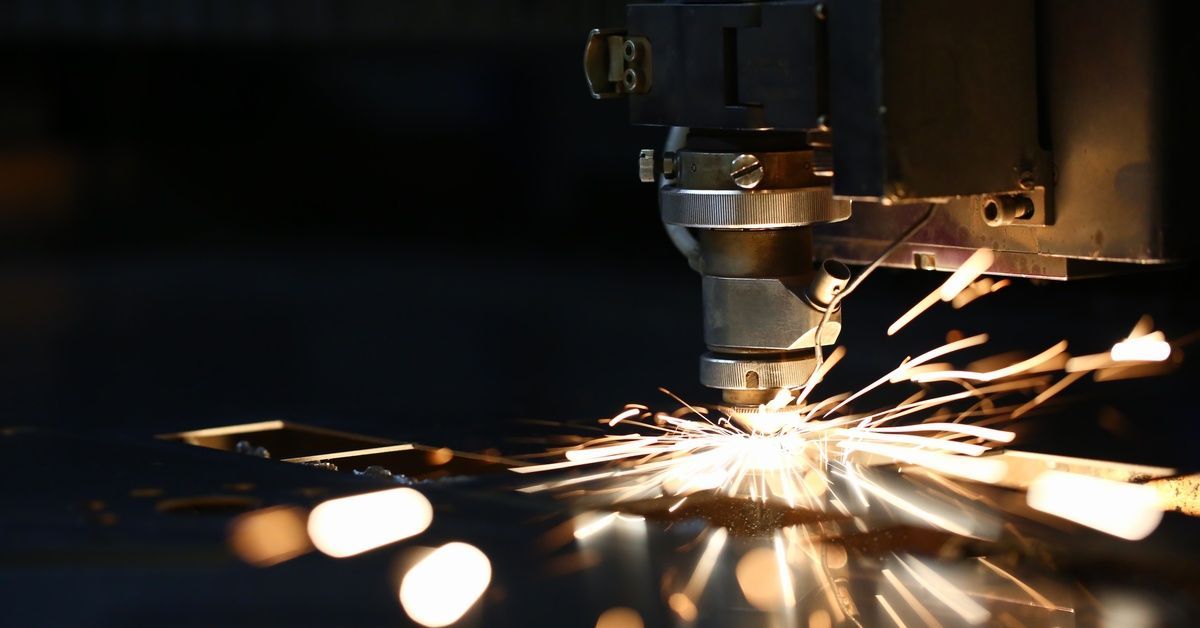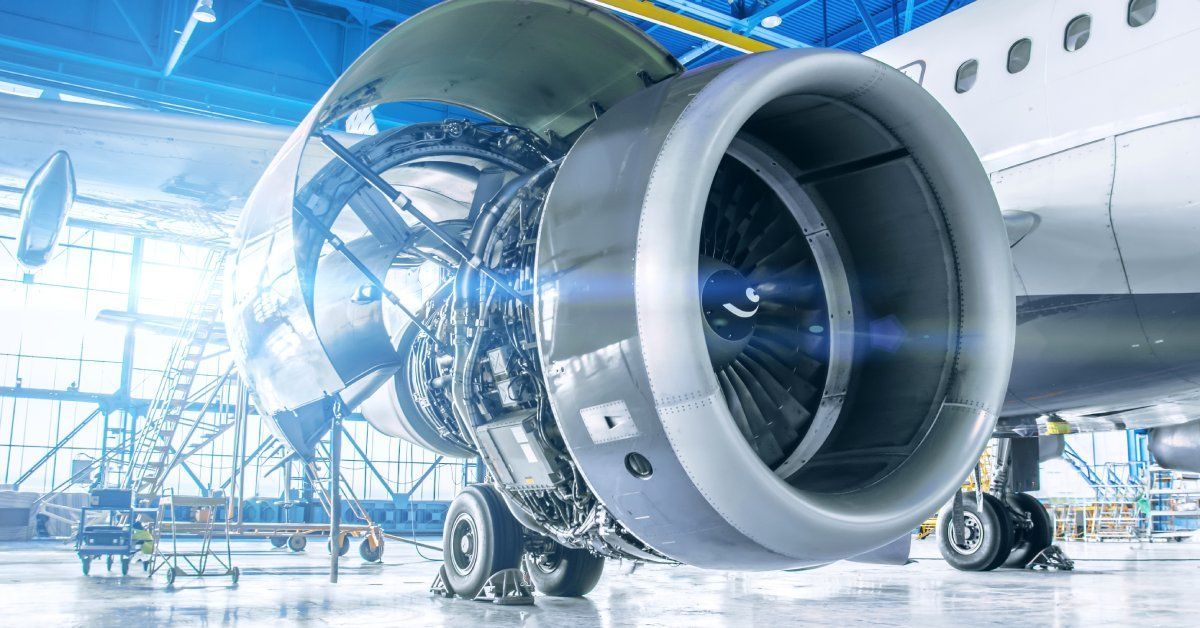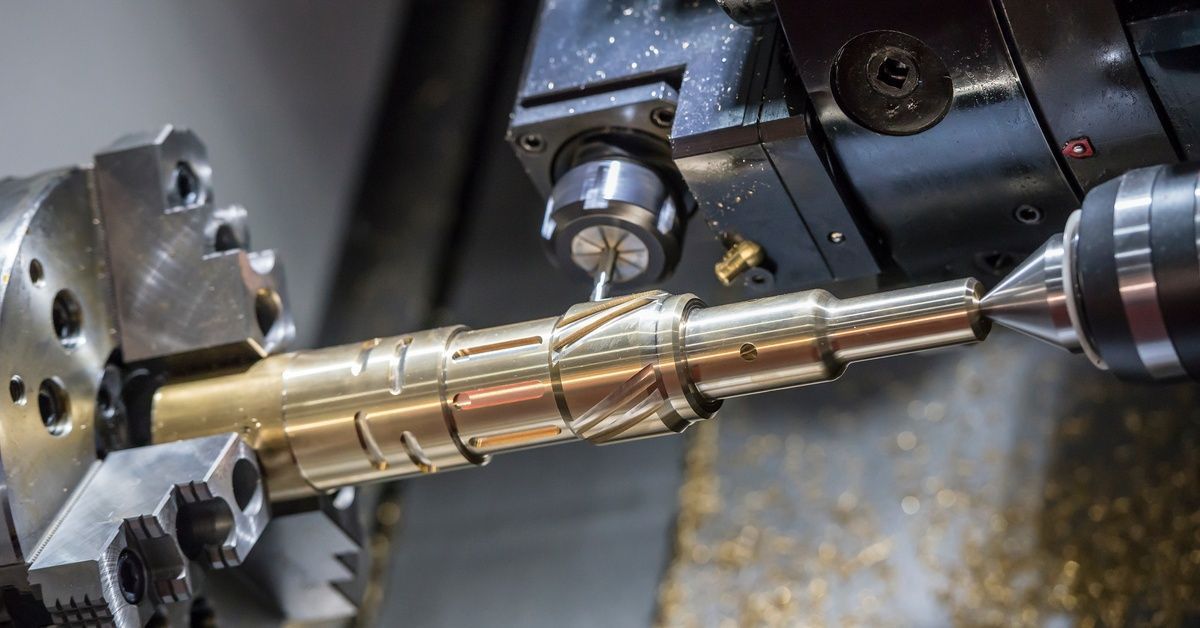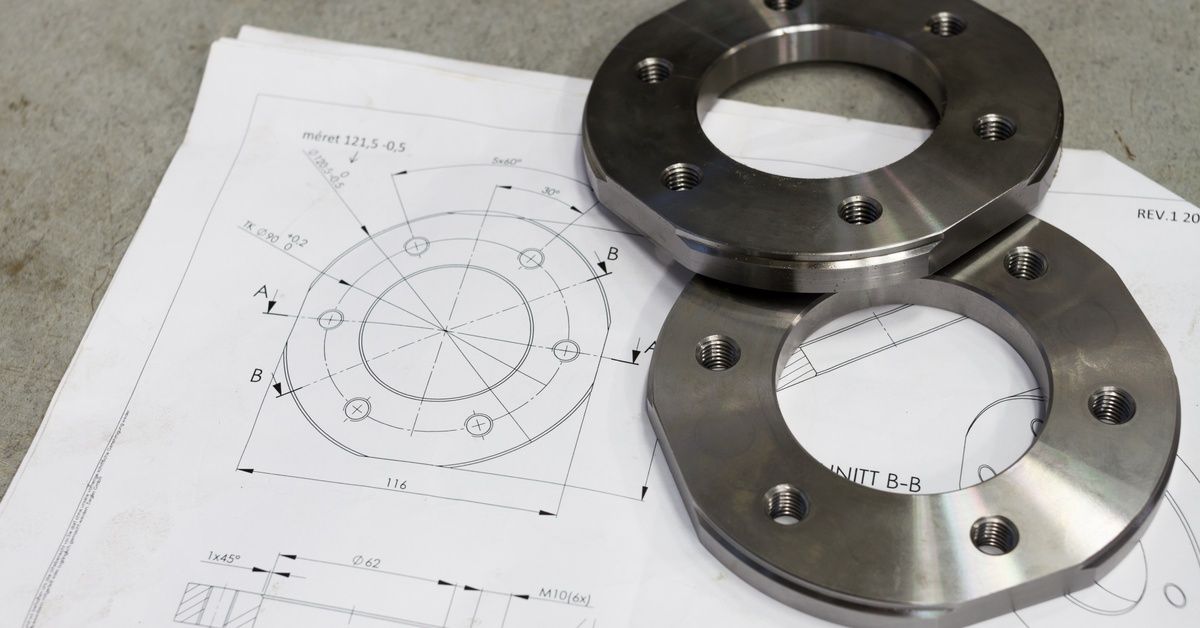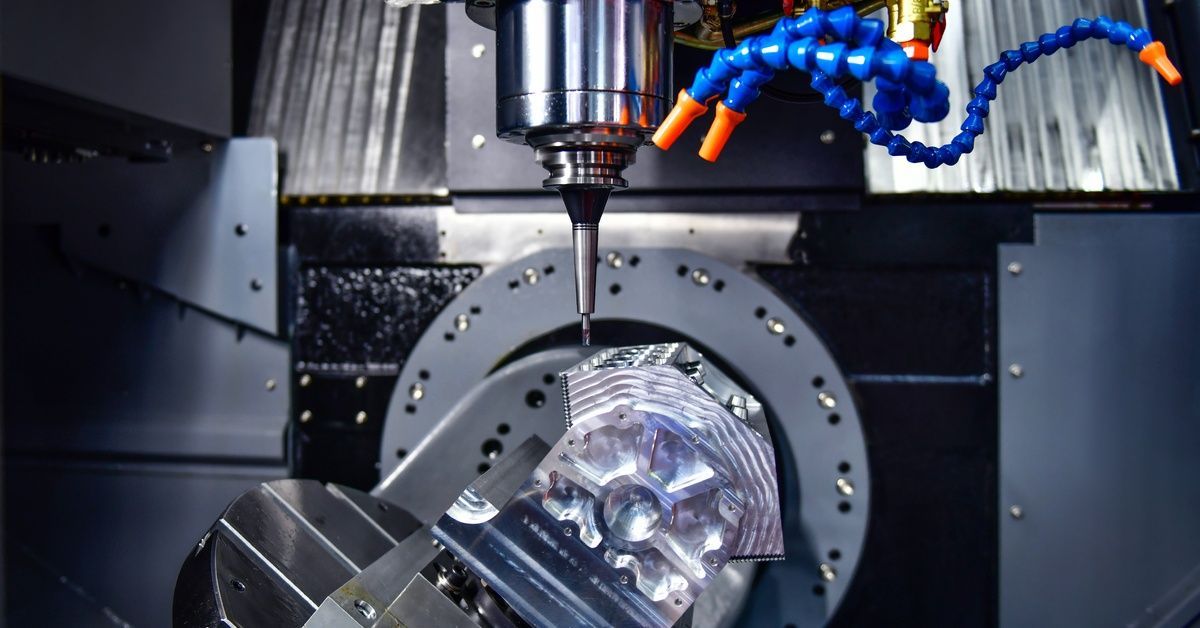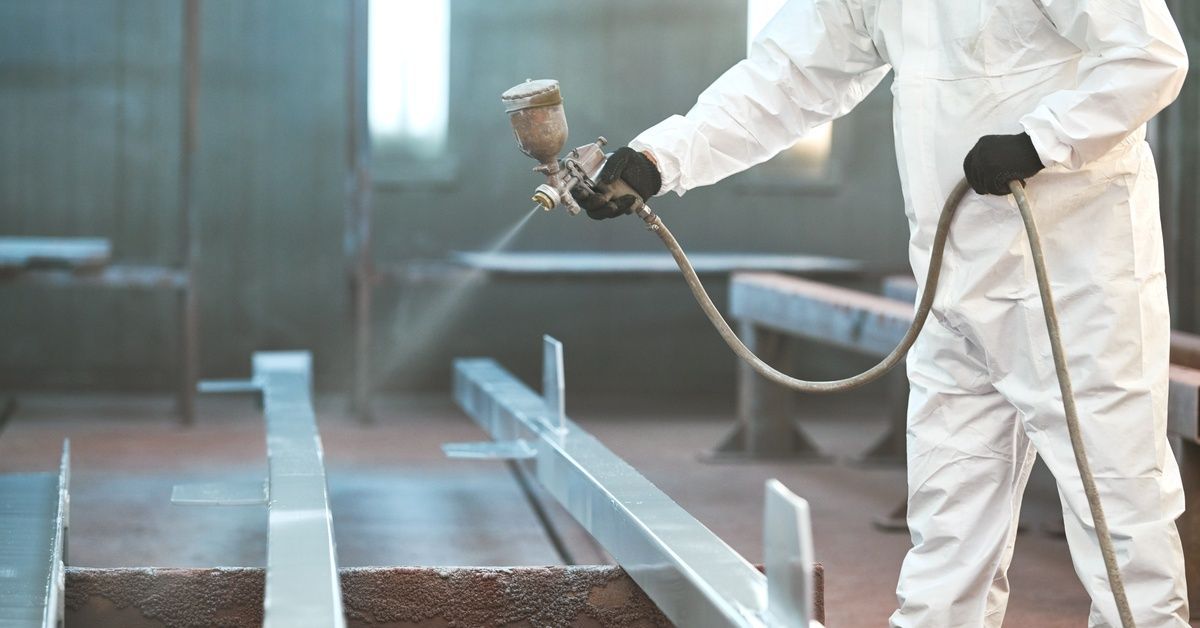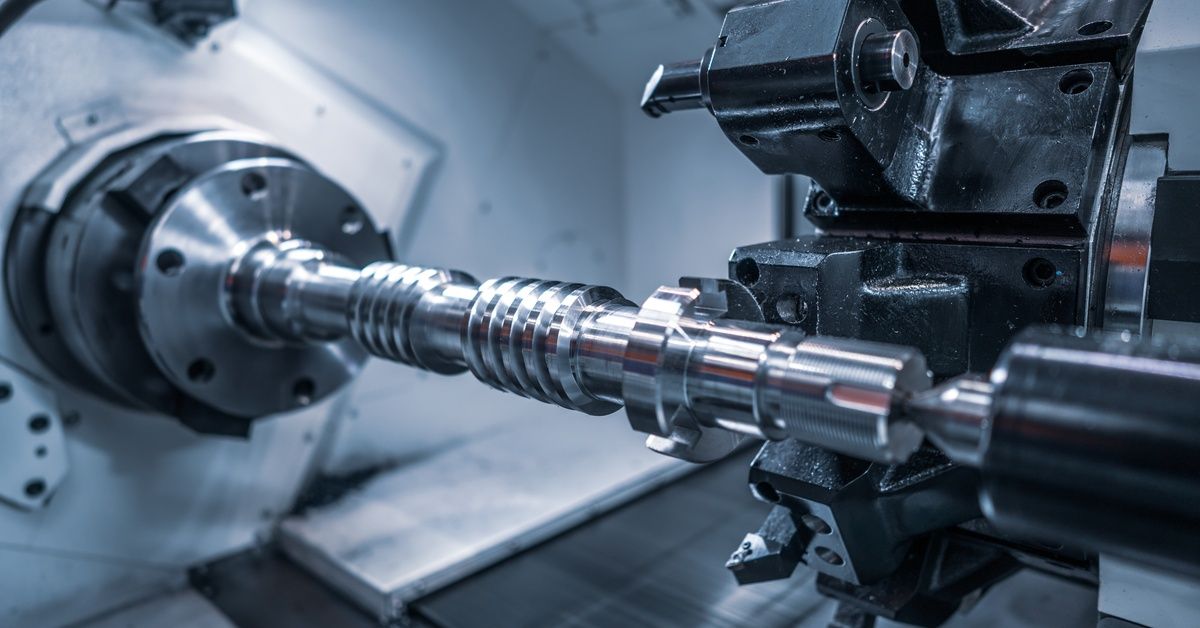The Different Types of Welding and Their Uses
Welding is a common technique that joins materials, usually metals or thermoplastics, to create new structures or products. This process is integral to numerous industries, from construction and automotive to aerospace and manufacturing.
With its roots tracing back to the Bronze Age, welding has evolved significantly over the centuries. Today, it’s an indispensable part of modern industry, allowing for the creation of everything from small household items to massive structures, such as bridges and commercial buildings. By exploring the different types of welding and their uses, you can ensure your next job is completed correctly.
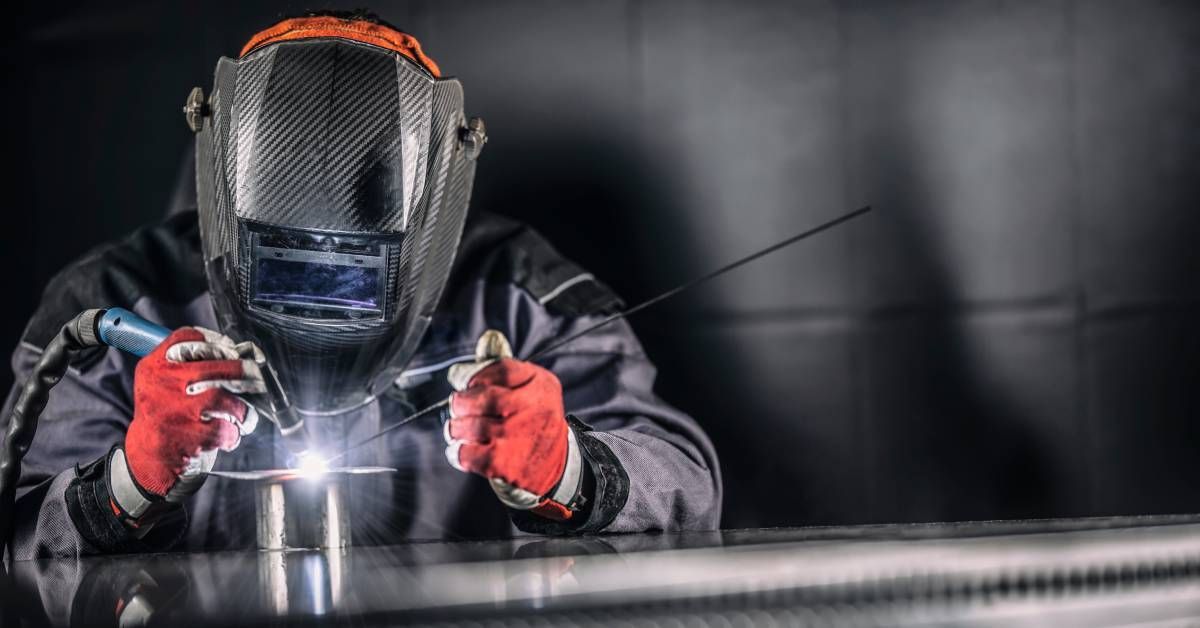
Exploring Common Types of Welding
Several welding techniques dominate the scene, each with unique characteristics and applications.
MIG Welding
Metal inert gas (MIG) welding, also known as gas metal arc welding (GMAW), is a process that utilizes a continuous wire electrode fed through a welding gun alongside a shielding gas to protect the weld from atmospheric contamination. One of the primary advantages of MIG welding is its speed and ease of use, making it a popular choice in both industrial and home settings. It’s particularly effective for welding a broad range of materials, including various types of steel, aluminum, and copper.
Due to its versatility, MIG welding is commonly employed in automotive repair, manufacturing, and fabrication industries. The process is well-suited for joining thin to medium-thickness materials and is favored for its neat and strong welds, producing minimal slag and requiring less cleanup compared to other methods.
TIG Welding
Tungsten inert gas (TIG) welding, or gas tungsten arc welding (GTAW), is renowned for its precision and versatility. This welding technique uses a permanent tungsten electrode to produce the weld, while a separate filler material can be added if needed. The inert gas, often argon, shields the weld area from external contamination, ensuring a high-quality finish.
TIG welding is particularly favored when working with thin materials or when a clean, aesthetically pleasing weld is required. It is extensively used in industries demanding top-notch welds, such as aerospace, nuclear, and high-end automotive manufacturing. While TIG welding requires more skill and a slower pace compared to MIG welding, the superior control and precision it offers make it the preferred choice for intricately detailed or delicate work.
Stick Welding
Stick welding, officially called shielded metal arc welding (SMAW), is one of the oldest and most versatile welding techniques. This method involves the use of a consumable electrode coated in flux, which melts to help create a consistent and strong weld. As the electrode melts, the flux coating forms a gas and slag shielding that protects the weld from atmospheric contamination.
One of the primary advantages of stick welding is its simplicity and cost-effectiveness. It requires minimal equipment, making it accessible even in remote or constrained environments. Stick welding is particularly effective for welding ferrous metals like steel and iron and performs well on rusty or dirty surfaces that would prove challenging for other welding techniques. It is heavily used in construction, repair work, and pipeline welding, especially in outdoor environments.
Flux-Cored Arc Welding
Flux-cored arc welding (FCAW) employs a continuous tubular wire filled with flux as the electrode. The flux within the core of the wire creates a shielding gas and slag that protects the weld pool from atmospheric contamination, which allows for welding in less controlled environments than MIG welding.
FCAW is particularly effective for high-speed welding processes and is widely utilized in construction projects, shipbuilding, and heavy equipment manufacturing due to its ability to handle thicker materials. The process can achieve deep weld penetration and is less sensitive to rust and dirt on the workpiece. However, it may produce more smoke and slag compared to MIG welding, necessitating thorough cleanup after welding.
Plasma Arc Welding
Plasma arc welding (PAW) is a sophisticated technique that offers precise control over the welding process. Similar to TIG welding, PAW uses a tungsten electrode but introduces a high-velocity plasma jet to melt the base material. The plasma is created within a torch, where an electric arc ionizes the gas and forms the plasma stream. This method allows for a tighter focus of heat, enabling deeper penetration and narrower welds.
PAW is particularly advantageous in applications demanding high precision, such as aerospace and electronics manufacturing, where the integrity of the weld is critical. The process operates at higher temperatures than traditional methods, making it suitable for welding very thin or very thick materials. Moreover, PAW can be automated easily, increasing efficiency and consistency in industrial settings.
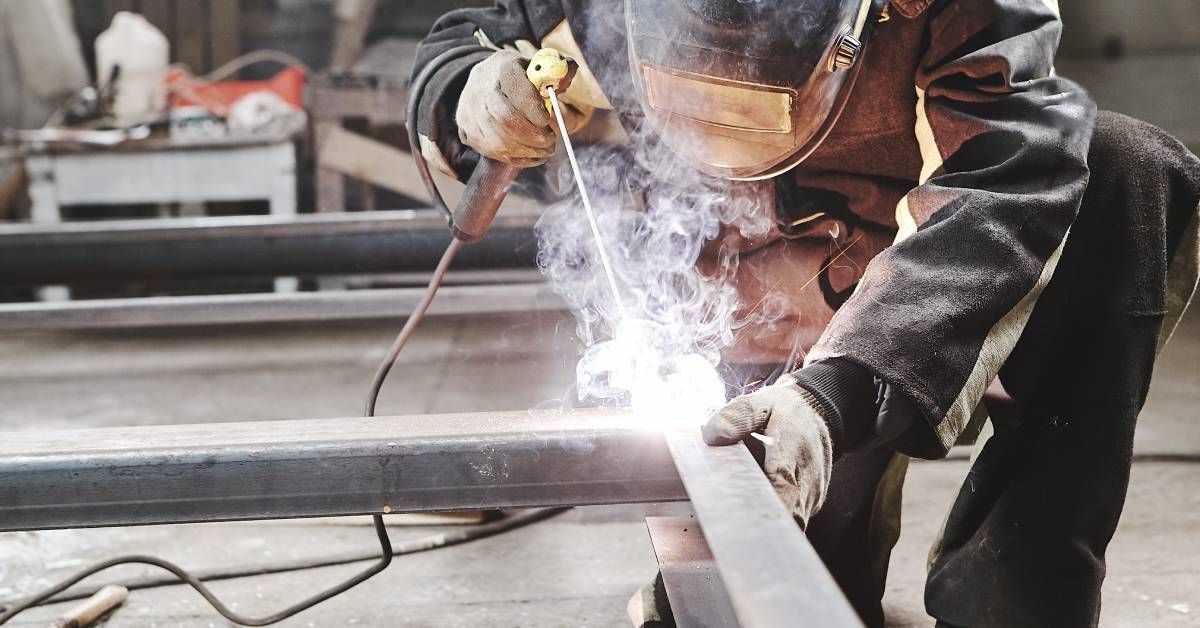
Choosing the Right Welding Technique
Selecting the appropriate welding method depends on various factors, such as the nature of the materials, the desired strength and appearance of the weld, and the working conditions. Each method offers distinct advantages and limitations, influencing its suitability for different applications.
Material Characteristics
When dealing with different types and thicknesses of metals, the choice of welding technique becomes crucial. For instance, TIG welding is ideal for thin materials requiring precision, while stick welding is more suited for thicker materials and rugged environments. Understanding each material’s properties helps ensure method compatibility and optimal results.
Environmental Conditions
The environment in which welding takes place can significantly affect the process. Outdoor or drafty settings might favor stick welding or FCAW, given their resistance to environmental interferences, while MIG and TIG welding typically require a controlled environment to prevent contamination.
Production Requirements
High-production environments often prioritize speed and efficiency, making processes like MIG welding and FCAW preferable due to their fast operation and adaptability. However, for tasks requiring a high degree of precision, such as in artistic or aerospace applications, TIG or plasma arc welding may be better suited despite their slower pace.
Skill Level and Equipment
The skill level of the welder and the availability of equipment also play a role in selecting the ideal welding technique. While some methods, such as MIG or stick welding, are more accessible to beginners, techniques like TIG or plasma arc welding demand higher skill levels and more sophisticated equipment.
Cost Considerations
Budget constraints can impact the choice of welding technique. Methods such as stick welding, which require minimal equipment, may be preferred when cost is a critical factor. Conversely, sophisticated processes like plasma arc welding might incur higher costs but offer benefits that justify the investment for certain high-stakes applications.
Implementing Innovative Solutions for Modern Challenges
Welding is an indispensable process that plays a critical role in countless industries. From its historical roots to cutting-edge advancements, welding continues to evolve, providing innovative solutions for modern challenges. By exploring the different types of welding and their uses, you can choose the ideal techniques to streamline your industrial processes.
If you’re looking for a custom CNC shop that offers quality parts and materials for manufacturing, partner with H&H Machine Service. We offer innovative solutions that you can customize to fit your needs.



